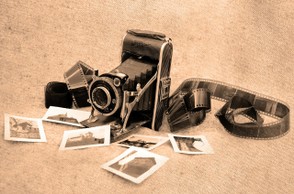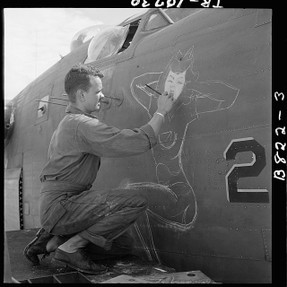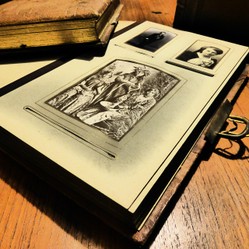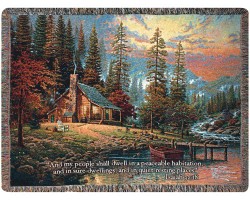Coming home from an auction or estate sale with a box full of vintage photos including cabinet card photos, glass magic lantern slides, tintype photos, any kind of old photo, is a source of fun and joy for me.
I love looking at the photos and keeping some of them, but I also love finding ways to supplement our income by working at home, and one way that I do that is to buy and resell old photographs of all kinds.
I look through them carefully for treasures, enjoy them, think about what life must have been like for the people in the picture, or take in the different things in the background that would now be considered antiques. I keep some, scan others, and resell many.







 While all old photos are fun to look at, it is the photos that are unique in some way that are valuable. The subject matter might represent the period in which the picture was taken in an interesting way, or may have old vehicles in it that are interesting to look at.
While all old photos are fun to look at, it is the photos that are unique in some way that are valuable. The subject matter might represent the period in which the picture was taken in an interesting way, or may have old vehicles in it that are interesting to look at.




 How to Make Pumpkin Spiced Teaon 09/21/2015
How to Make Pumpkin Spiced Teaon 09/21/2015
 Gift Ideas for Deaf and Hard of Hearing Adults and Childrenon 09/08/2015
Gift Ideas for Deaf and Hard of Hearing Adults and Childrenon 09/08/2015
 Healthy Natural Honey Cranberry Sauce Recipeon 09/04/2015
Healthy Natural Honey Cranberry Sauce Recipeon 09/04/2015
 Really Strange Weather Folklore and How to Predict the Weather at Homeon 08/27/2015
Really Strange Weather Folklore and How to Predict the Weather at Homeon 08/27/2015



Do you collect photos or albums? Please feel free to ask questions or say hello
@blackspanielgallery I didn't either until I became fascinated by them and did some reading...and saw and purchased them at auctions. Thanks for visiting and welcome to Wizzley.
I had no idea old photos were ever placed on anything other than paper.
@CruiseReady I suppose when we take photos it's for our own memories and for others to enjoy anyway, and I sure do enjoy finding these treasures. Thanks for your visit.
What a great resource for helping folks to identify their old photos. I wonder how many people have hundreds of old family photos that they don't know what to do with? At least being able to figure out what types some of them are would be a good place to start.
@Sheilamarie I did as well, my first camera was a Kodak Brownie - remember the little flash bulbs with the plastic coating?
I love old photos, too. When I was young I did a lot of black and white photography with a view camera. There was something really special about how older photos were created.
@burntchestnut I do the same, but occasionally a photo strikes me and I can't give it up. Another thing that has been helpful is being able to scan and keep them on my computer. Saves a lot of space :-)
I keep all my family's old photographs and negatives, but I've had several older friends give me photos and negatives their families don't want. I love going through them as you do, and I've also sold some on ebay. Since I'm not a true collector, I'd rather them go to someone who is - and gain a little extra income.